I noticed the first signs right when we landed in Namibia. After picking up our fancy 4×4 camper, which would end up causing us quite some trouble, we headed straight to our accomodation. With a written description and map it was easy to find – and a lot of streetnames immediately sounded familiar. Amongst others we drove past Burgstrasse and Bergstrasse until we reached our destination. Pension Moni was located in the Feldstrasse.

View from my couchsurfers flat in Schützenstrasse, Windhoek
One of our first missions was to get groceries for our big road trip, so we headed to the Spar supermarket. And to spare you a lenghty description of what it looked like – it could have well been any Spar in Germany. Wholegrain bread, Harribo sweets and pickled ghurkins filled the shelves. Of course there were products we’d never heard of, like Biltong – a dry meat snack popular with Namibians, but on the whole this could have been any supermarket in Germany. I wondered if this was caused by the masses of German tourists demanding to buy their favourite German beer and Bratwurst while on holidays, but I soon realised it was not. Some of the cheapest, most standard products were imported from Germany and to our shock the cheapest butter was produced in Oldenburg, a mere 100km from my hometown Osnabrück.

If you ignore the palmtree this picture could have well been taken in Germany
Of course Namibia was a German colony from 1884 to 1915, so I expected some traces like colonial buildings, but I certainly didn’t expect our black guide at the very first game drive to be called Gert. Nor did I expect to find Apfelstrudel and Bratwurst (exactly wrtitten in this way) on nearly every menu. A lot of Namibians speak German surprisingly well and to my horror I had to discover that Namibia surpasses Germany by far when it comes to rules. And they love to put them on huge signs too, which can be found anywhere.

A colonial German castle in the desert
In Swakopmund, which is famous for being extra German, it was forbidden to swim, walk dogs, inlineskate, cycle, listen to music, light fires, drink alcohol, smoke a water pipe or have a bootparty (whatever that may be) by the beach. At least loitering, which seems to be forbidden everywhere from malls to public places and supermarket car parks was not on the list. So I guess silently chilling at the beach is fine in Namibias most popular beach town.

Just a few rules for the pool…
I have to admit that there are also other cultural influences and that the German street and village names such as Warmquelle are getting changed step by step, but it is still no wonder German tourists love Namibia so much. Because where else can you get a “taste of Africa”, as the brochures like to put it, without having to leave your comfort zone or parting with German chocolate. And although it is a little weird for me to constantly be surrounded by Germanness, there is defnitely an upside to the whole thing: good German bread!

Not everything is German: Manchester United bar in a tiny village we were passing through
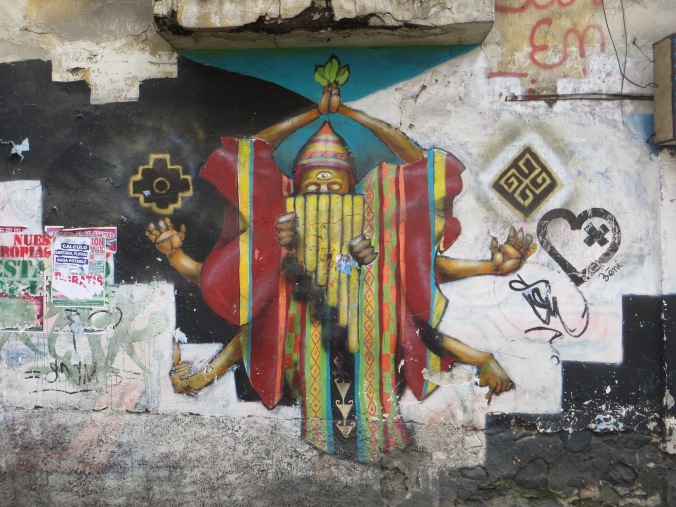
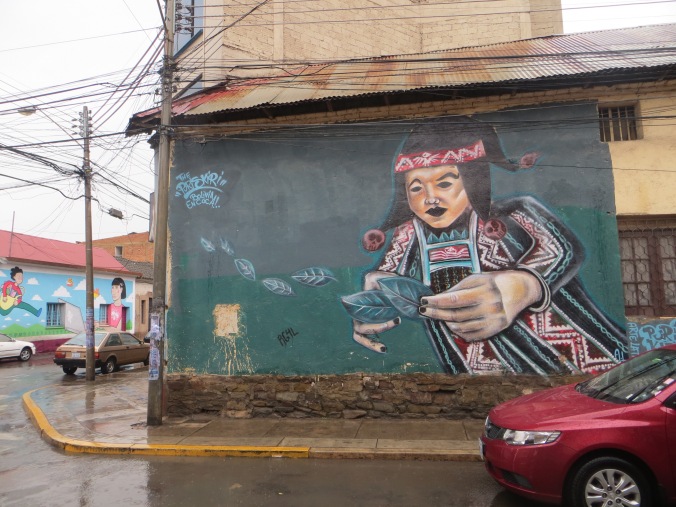
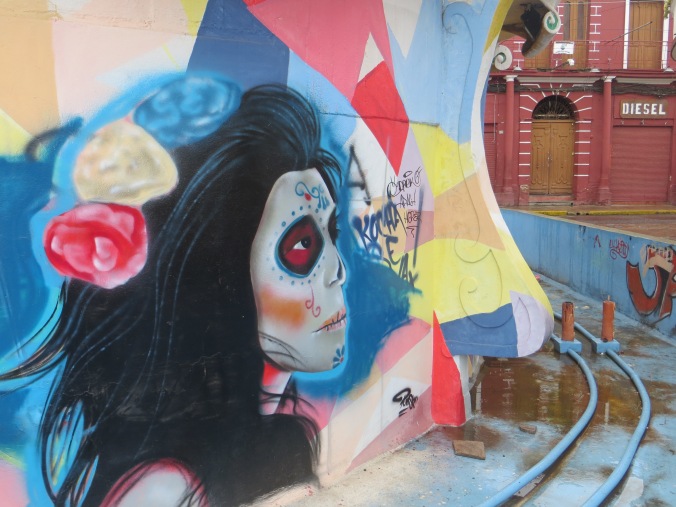
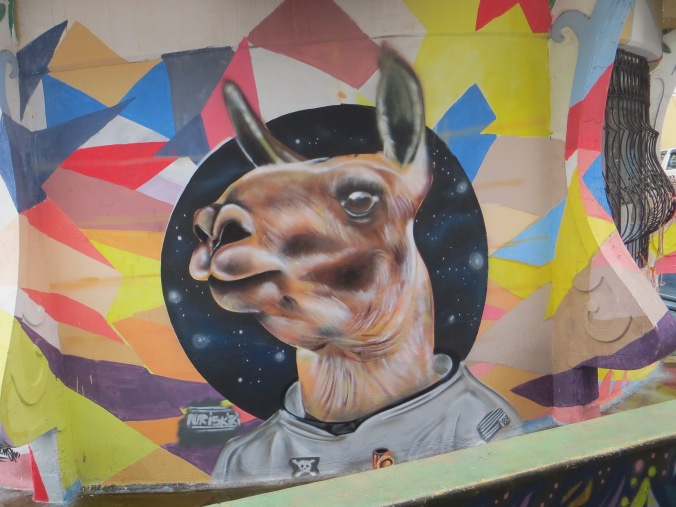
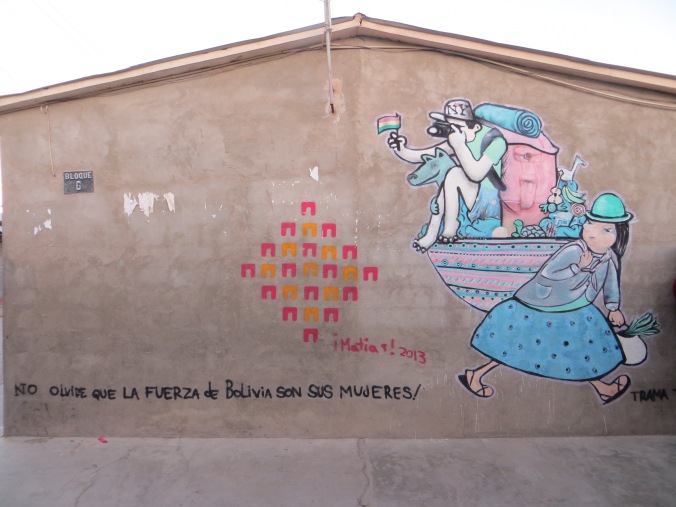
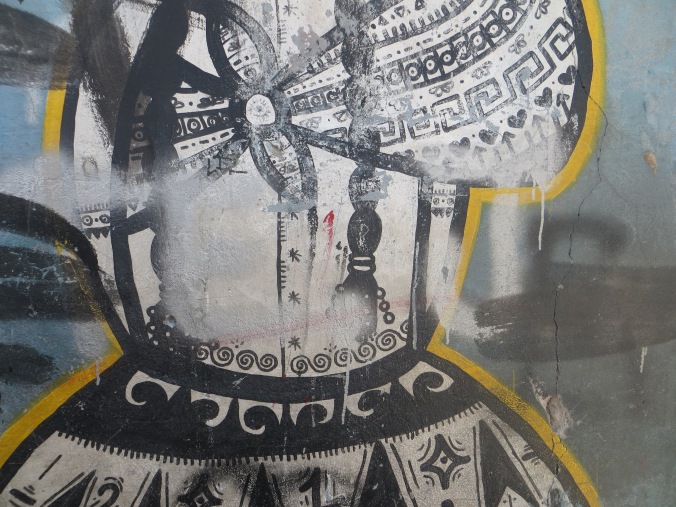
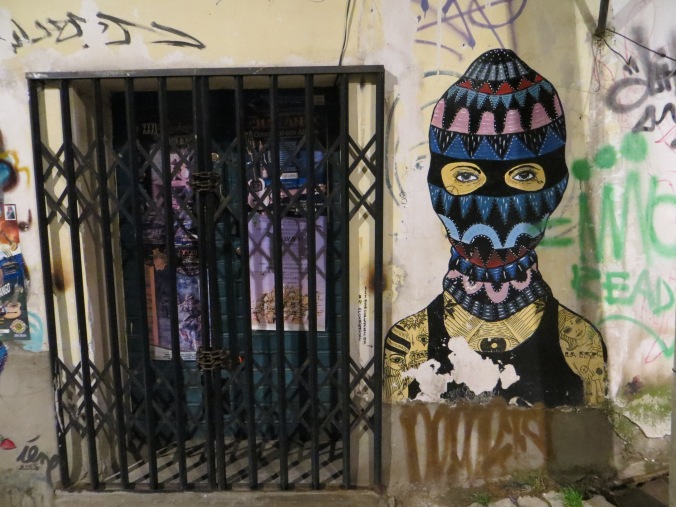
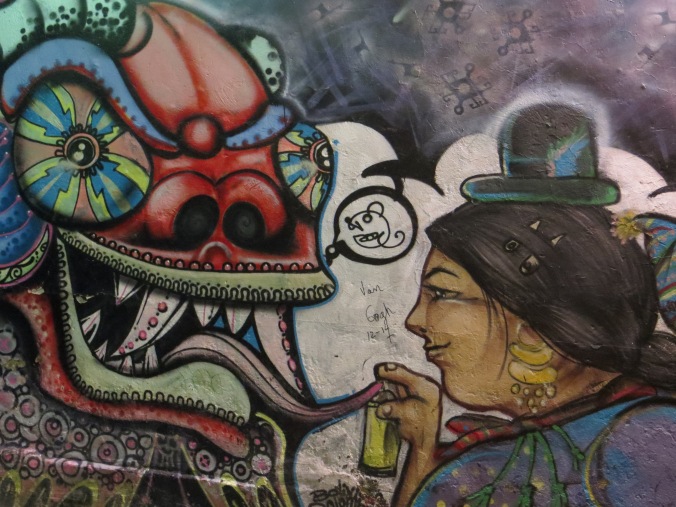
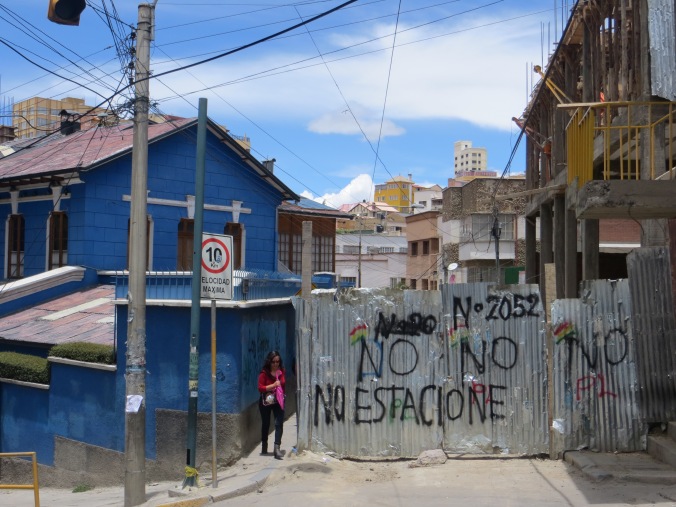
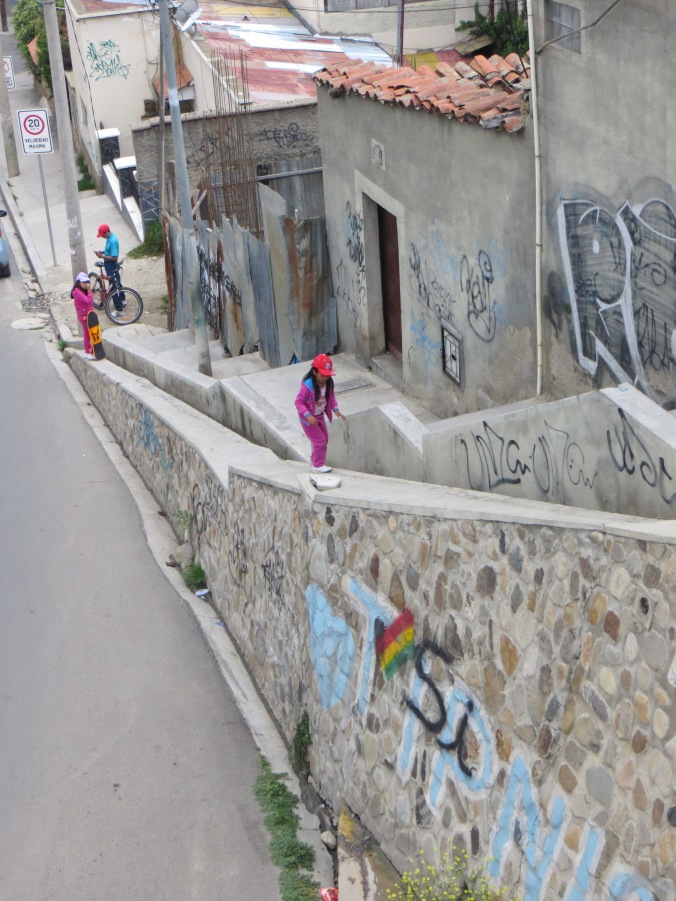
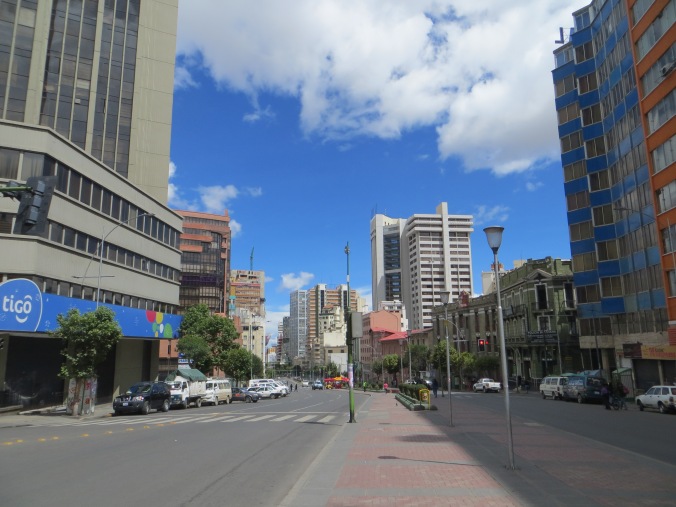
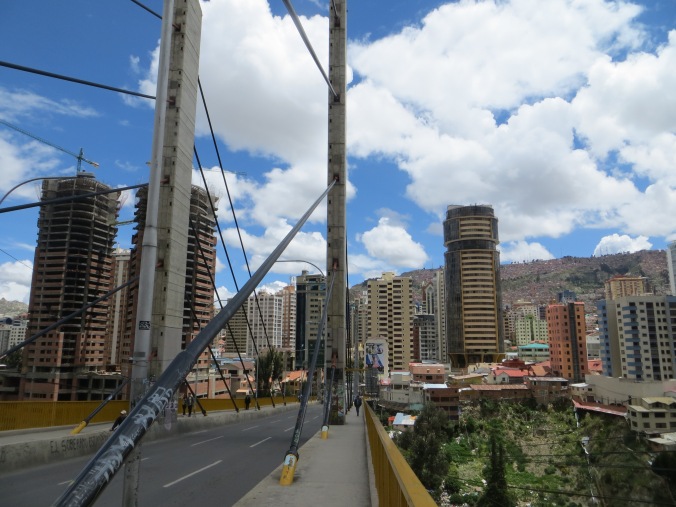
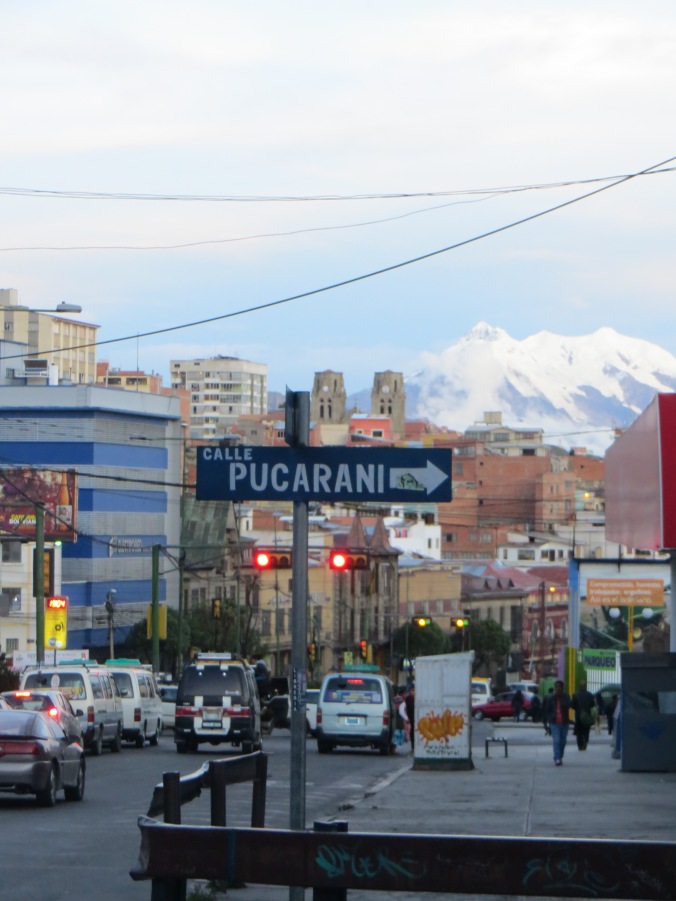
![IMG_6043[1]](https://lettersfromtheroadblog.files.wordpress.com/2016/02/img_60431.jpg?w=676)
![IMG_5986[1]](https://lettersfromtheroadblog.files.wordpress.com/2016/02/img_59861.jpg?w=676)